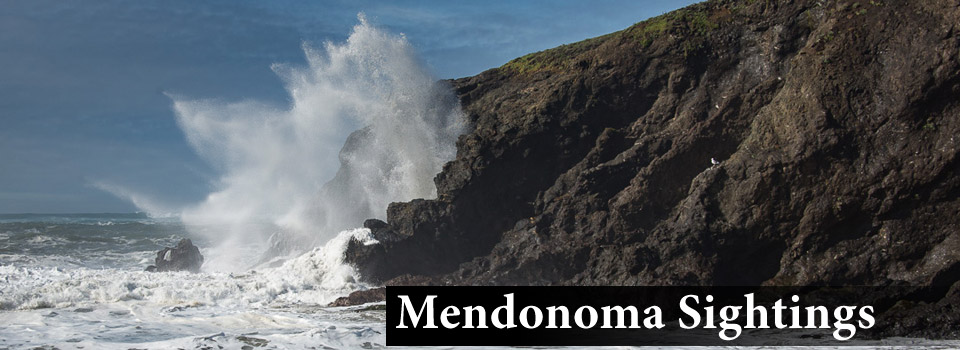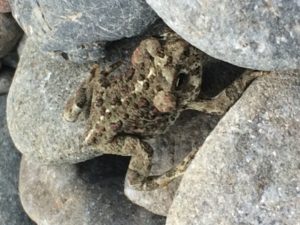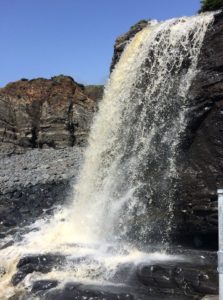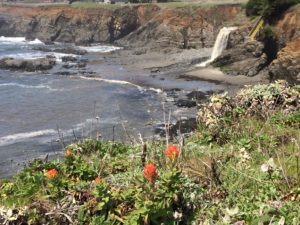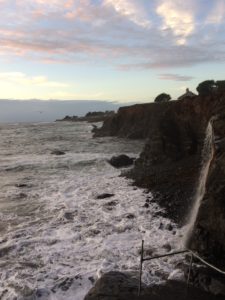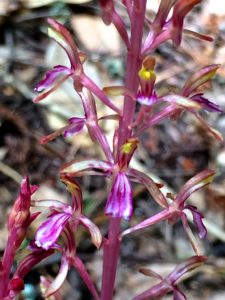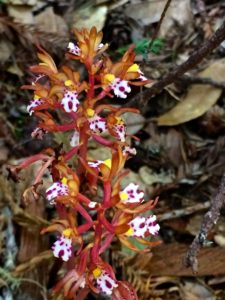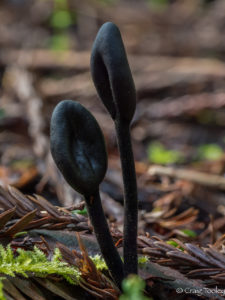Amy Ruegg wrote, “I thought you might enjoy seeing my amphibian friends found at the Hot Spot! A juvenile Western Toad was hopping enthusiastically over the rounded river stones and was so challenging to photograph." The Hot Spot is on The Sea Ranch, a sunny place along the Gualala River.
Amy continues, "A Rough-skinned Newt was squirming quickly into the fallen leaves at river’s edge. They are so cute and surprisingly bright orange underneath I am wishing for rain while I enjoy autumn’s abundance!”
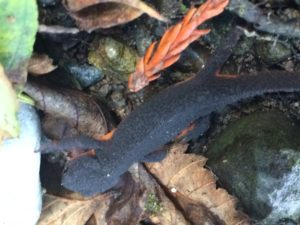 Thanks to Amy for allowing me to share her photos with you here.
Thanks to Amy for allowing me to share her photos with you here.
The smoke is much less today and the humidity is higher. With a series of three storms headed our way, we are (literally) breathing easier.
